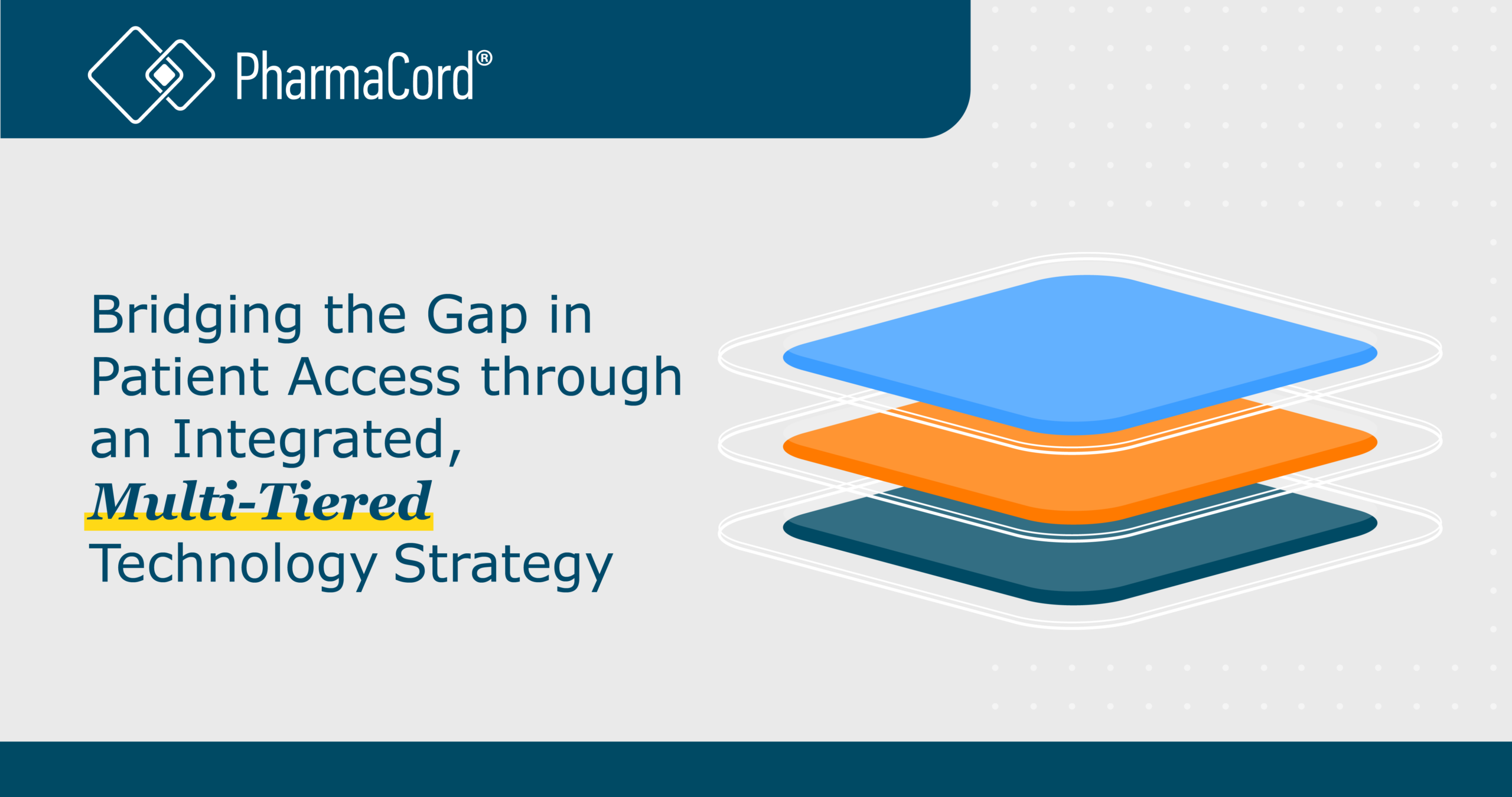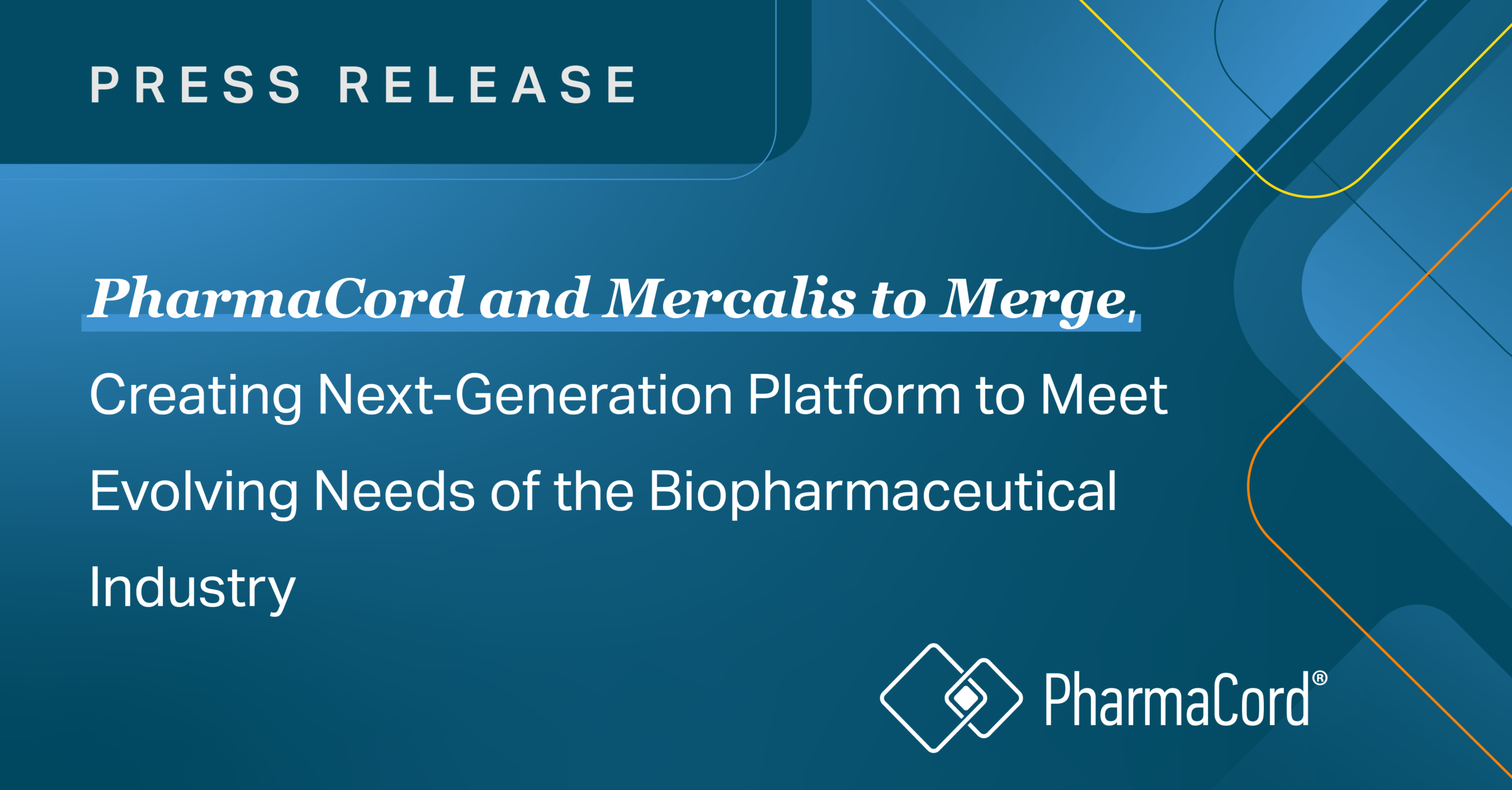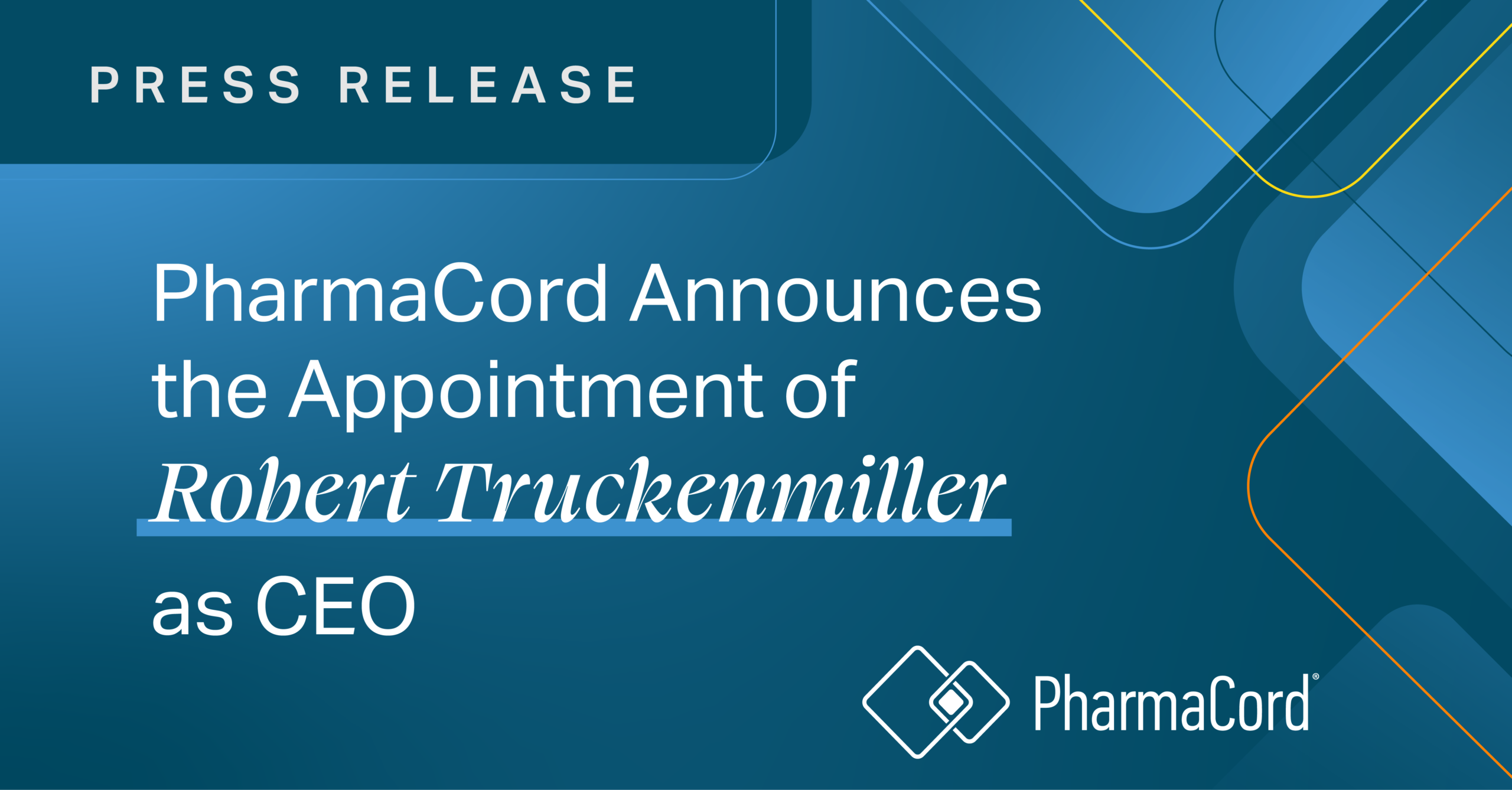Bridging the Gap in Patient Access through an Integrated, Multi-Tiered Technology Strategy

Advancements in electronic benefit verification (eBV) technology are making the patient services industry better, speeding access to treatment for patients. The current landscape, however, is characterized by fragmented systems for electronic benefits verification (eBV), electronic prior authorization (ePA) and the management of letters of medical necessity (LMN) and appeals. These disjointed solutions, while functional, create inefficiencies and delays that can adversely affect patients obtaining and adhering to their prescribed therapy.
Imagine a streamlined, automated process that integrates eBV, ePA and LMN/appeals into a single, cohesive system. Such an innovation could revolutionize patient support by significantly reducing the time to therapy and minimizing administrative burdens on patients, healthcare providers and payors – How much better would that process be?
The Challenge of Disconnected Systems
Before answering that question, let’s look at the three key ingredients to improving the entire process.
- Electronic Benefits Verification: The eBV process replaces the traditional manual process of confirming coverage and obtaining policy and benefit information, which can be time-consuming and prone to errors. As it stands today, this piece of the equation is still disconnected from the below two key elements in the process.
- Electronic Prior Authorization: This has automated the submission process, but patients in need of timely treatment are often left waiting for decisions from insurance companies – in fact, in a recent study conducted by the American Medical Association (AMA), 94% of providers report significant care delays for patients when a PA is required and 78% report treatment abandonment. This type of delay has led the federal government to issue a final regulation aimed at streamlining and automating the prior authorization process.
- Letters of Medical Necessity and Appeals: This process is antiquated, and static, creating significant abrasion for physicians who must manually complete letters outside of their daily workflow.
These challenges highlight the need for an integrated solution that addresses the inefficiencies of the current landscape.
Making the Vision a Reality
To address these challenges, PharmaCord is at the forefront of an all-encompassing solution that brings together eBV, ePA and LMN/Appeals into a unified platform. While PharmaCord offers individual solutions for each element, this multi-tiered solution will integrate key functionalities into a unified workflow, designed to:
- Increase Efficiency: By automating and integrating these processes, we can significantly reduce the time and manual energy required to solve patient access challenges.
- Improve Accuracy: A centralized platform with multiple connection points and end-to-end integration can not only accelerate the process but improve the level of data returned.
- Enhance the Patient Experience: By complementing technology solutions with human expertise, we can drive accelerated outcomes for patients while delivering empathic and compassionate support.
The Future of Patient Support Services
The future lies in an integrated, automated solution to alleviate access barriers to therapy. PharmaCord’s pioneering efforts in this area promise to deliver a comprehensive platform capable of providing results within minutes – or even seconds. This advancement will exponentially increase patient reach and drive timely therapy initiation.
Major advancements are on the horizon, poised to transform patient support services. Now is the time to evaluate whether your current HUB provider is making similar strides. If they are not, it’s critical to reconsider your options.
Reach out to Scott Merz, Director of Business Development, at PharmaCord to discover how we can transform your patient support program with our forward-thinking solutions.
Email: scott.merz@pharmacord.com
See the latest Industry IQ from PharmaCord
PharmaCord is now

Formed through the merger of PharmaCord and Mercalis, Valeris is the leading provider of market access and customized solutions at scale for the life sciences industry.





